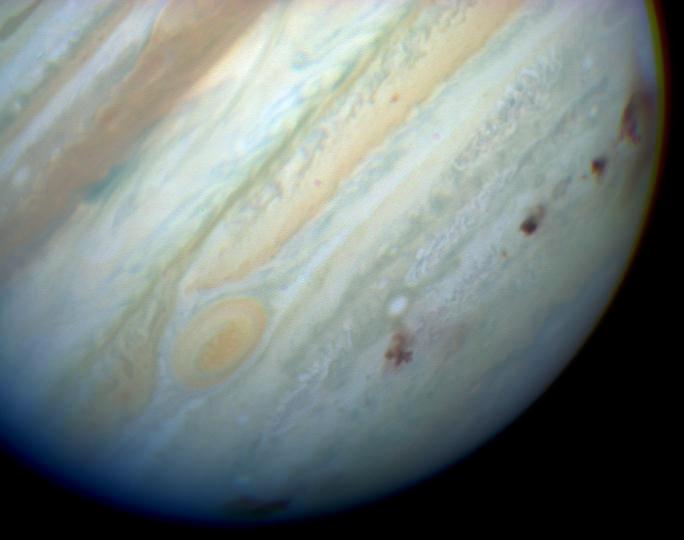Japanese astronomers managed to capture a bright flash in the northern hemisphere of Jupiter. It was caused by the entry of an unknown celestial body into its atmosphere.
きのうのTLで知った木星の閃光、撮影したデータを確認してみたら写っていました。
— MASA Planetary Log (@MASA_06R) August 29, 2023
…声が出ました(^^;
日本時間2023年8月29日1:45、世界時28日16:45です。https://t.co/UYhnvAmA63https://t.co/Y7nCHtJq4k pic.twitter.com/g0FerdyoVg
The event occurred on August 28 at 16:45 Universal Time. According to preliminary estimates, the size of the object that collided with Jupiter was about 10 meters. Most likely, it was a small asteroid or comet. It is possible that other astronomers also recorded the moment of impact, and we may soon see new records of the collision.
In general, such events are not rare for Jupiter. Being the largest and most massive planet in the Solar System, it regularly “collects” a harvest of cosmic visitors. On average, falls of various objects onto Jupiter are recorded once every few years. The last time this happened was in June of 2022.
The most famous case of Jupiter’s cosmic bombardment is its collision with fragments of Comet Shoemaker-Levy 9 in July 1994. At that time, several dozen fragments entered the gas giant’s atmosphere. They formed giant fireballs, with temperatures inside exceeding 24,000 degrees Celsius.

The total amount of energy released during the fall of just the largest fragment of the comet was estimated at 6,000 gigatons in TNT equivalent, which is 600 times more than the entire accumulated nuclear arsenal of humanity. Immediately after the impact in Jupiter’s atmosphere, clouds of heated gas rose, and in the place where the fragments fell, enormous dark spots with a diameter of thousands of kilometers were formed and then gradually dissipated over the course of a year.

